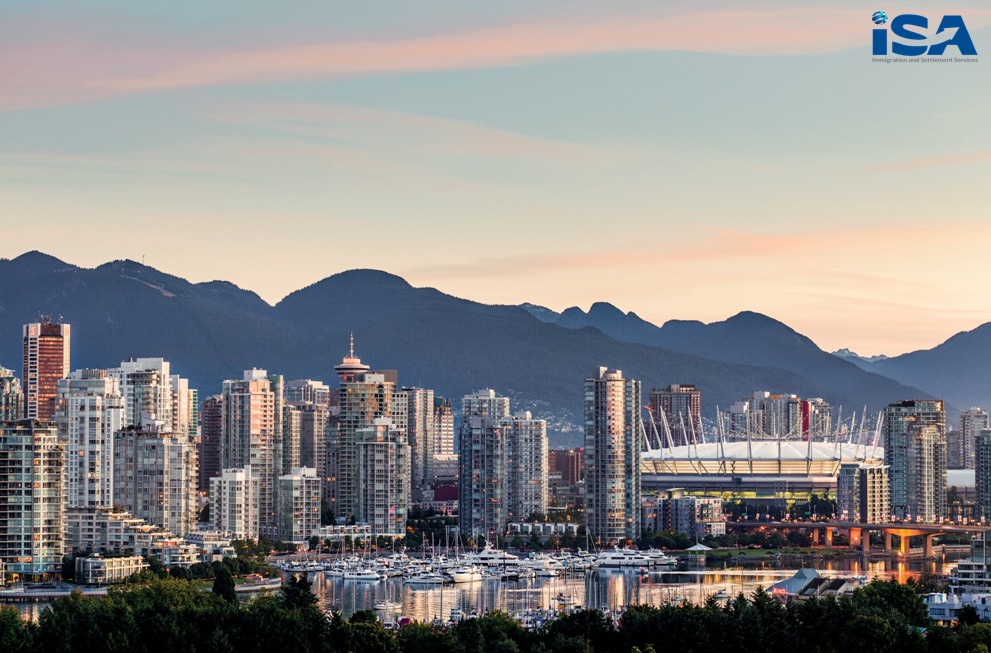Canada’s biggest urban communities — Calgary, Vancouver, and Toronto —ranking as world’s main 10 most liveable areas

Vancouver, the busiest west seaport in British Columbia, is among Canada’s densest, most ethnic urban area. Toronto, the capital of the area of Ontario, is a noteworthy Canadian city along Lake Ontario’s northwestern shore known for its dynamic skyscrapers, Calgary, a cosmopolitan Alberta city with high rise towers, owes its fast development to its status as the focal point of Canada’s oil industry.
The three urban communities are the main North American urban communities in the best 10 of the Economist Intelligence Unit (EIU’s) 2018 Global Liveability Index.
In contrast with the EIU’s 2017 study results, Calgary replaced Toronto in fourth place, though Vancouver and Toronto dropped three spots to sixth and seventh place separately.
Austria’s capital city, Vienna, was named the world’s most liveable city out of the blue, uprooting Melbourne, Australia, for the best spot.
The EIU is the exploration and investigation unit of The Economist Group, and it operates the famous weekly magazine too.
The Global Livability Index is distributed yearly by the EIU and measures living conditions in 140 urban areas around the globe in light of five categories: human services, stability, culture and condition, education and framework.
Every city gets a score for livability in light of subjective and quantitative factors under every one of the five categories. In the event that a city accomplishes a rating of 100 out of a particular class, it implies the city is perfect; a rating of 1 is viewed as unsupportable.
Each category below follows its own pathway:
- Stability: This category inspects the pervasiveness of wrongdoing, the danger of terror/military clash or common agitation.
- Healthcare: This category centers on the accessibility/nature of private and open social insurance, over-the-counter medications and other general medicinal services indicators.
- Culture and Environment: This category measures different markers that range from temperature rating, atmosphere, corruption level, social or religious confinements, food/drink, and other social pointers.
- Education: The category takes a look at the accessibility/nature of private and state-funded education.
- Infrastructure: This category is an appraisal of the street/roads quality, public transport, accessibility of housing, and different markers.
If you are planning to immigrate to Canada, feel free to contact our advisors and get your eligibility checked. ISA Global is the leading immigration consultant in India and we have helped thousands of our clients to settle in countries like Canada and Australia.
Leave a Reply